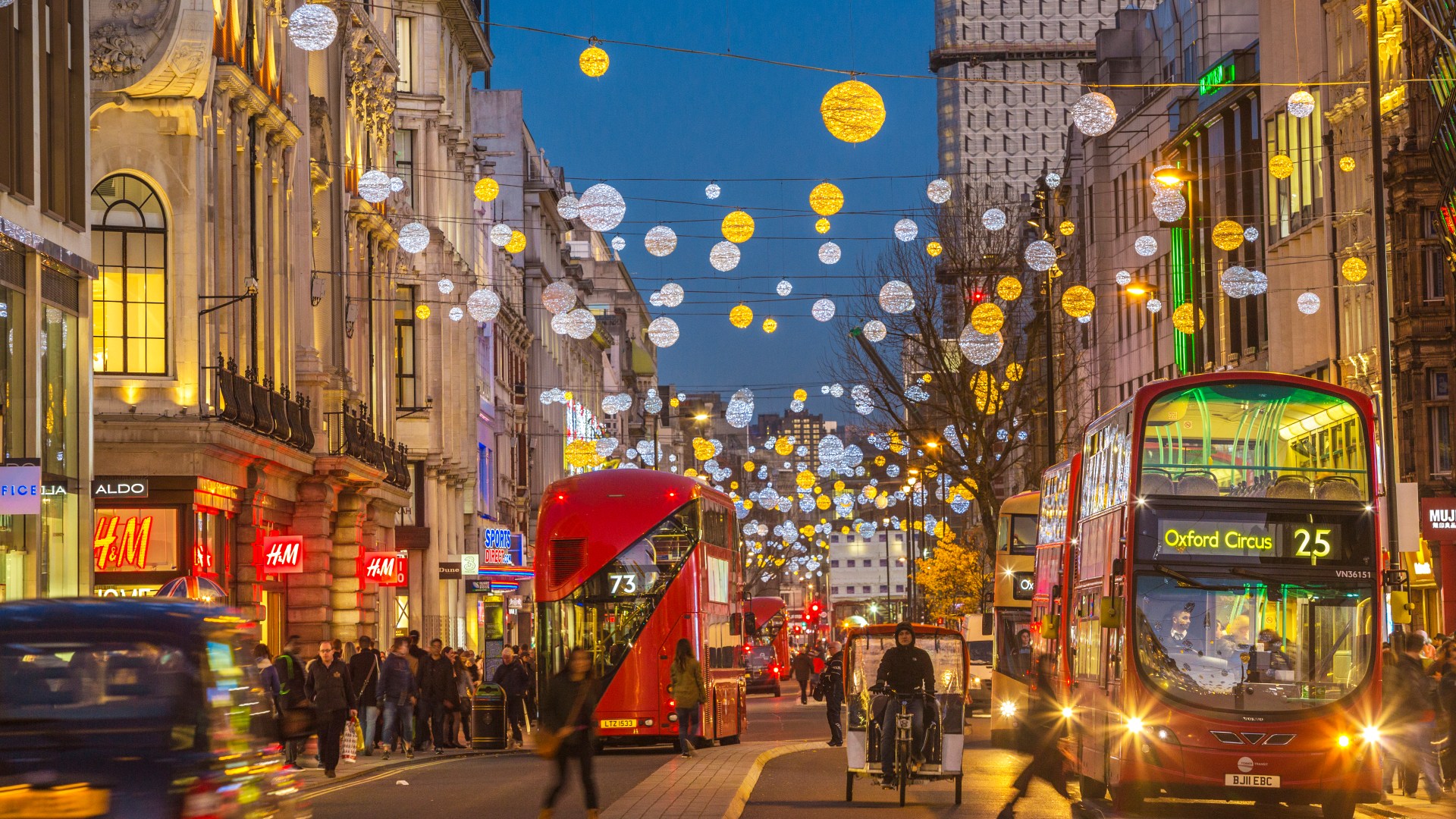It’s tempting to think that England was always a seafaring and financial power, but these skills had to be learned, together. That’s why An Introduction to Merchants Accounts by John Collins was a big deal when it was published in 1653.
England came late to the long-distance maritime trade, and so instruction on Italian methods of bookkeeping had tended to be translated from the Dutch. Collins, however, had spent time in the Mediterranean on an English ship fighting for the Venetians, and had learned the Italian methods himself.
The sample journal entries in Collins’ textbook reflect trades that were common in England at the time, the ones he had learned — oil from Provence, soap from Venice, the ginger and cotton that indentured servants grew on Barbados.
By the middle of the 18th century, both the trade and the textbooks had changed. John Mair’s 400-page Book-keeping Methodised became over several editions the most popular accounting textbook in the English-speaking Atlantic world — George Washington kept a copy at Mount Vernon.
Mair still promised to teach both theory and practice “according to the Italian form,” but his new examples reflected the new long-distance trade. A whole chapter of sample journals dealt with Jamaica, Barbados and the Leeward Islands, which Mair called the sugar colonies. He treated Virginia and Maryland in their own chapter, too, as the tobacco colonies.
While British had been teaching themselves Italian accounting, they had also been learning from the Portuguese and the Dutch the tenets of the engenhos, the mill system where enslaved Africans planted, harvested and processed sugar. The transatlantic trade wasn’t just incidental, this for that. The ginger and cotton on Barbados had become sugar because engenhos were much more profitable for their owners. As we can read now all the way down to the textbooks, sugar had become the engine of the Atlantic.
I went back to Collins and Mair this week after Daron Acemoglu, Simon Johnson and James Robinson won the Sveriges Riksbank Prize in Economic Sciences in Memory of Alfred Nobel. They won for taking on the question of divergence — why some countries have enjoyed enduring prosperity since the early modern period, while others have languished. What made the difference, they argued, were institutions, habits of law and society.
Inclusive institutions that secured property rights and encouraged investment were more likely to produce prosperity. Extractive institutions, which claim spoils for the elite and discourage investment, produce low growth over time.
In Why Nations Fail, Acemoglu and Robinson’s 2012 summary of their work on institutions, they use late 17th century England, Barbados and Virginia as examples. England and Virginia became inclusive: property rights, legislative assemblies, limited but slowly expanding franchise. Barbados became extractive, relying on enslaved labour to produce profits for a small elite.
These descriptions are true but insufficient, because England, Barbados and Virginia were all part of the same system. The same captive domestic market, protected by tariffs, sent slave tobacco and slave sugar through factors in the colonies and merchants in London and Glasgow.
The shape of this captive market was clear to John Mair, who wrote a chapter of instructions on how to account for the enslaved and the sugar trade through factors in Barbados and Jamaica, explaining how that trade “not only employs multitudes abroad in the colonies, but cuts out work for a vast deal of people at home.” Both manufacturers and merchants, he wrote, “are hereby not only maintained, but many of them enriched.”
London merchants and Barbadian planters, well represented in Parliament, became powerful advocates for inclusive institutions in Britain not in contrast to the extractive institutions on the other side of the ocean, but because of them.
It is easy to pick on Nobel Prize winners from afar. If they’re so wrong, it should be easy for you to prove it and claim your own trip to Stockholm. This question of just how much extraction contributed to England’s financial and industrial revolutions, though, is one of the most openly and furiously contested problems of early modern Atlantic history.
It offers another well documented, compelling explanation for the inclusive institutions of early-modern Britain. Acemoglu, Johnson and Robinson have encountered this question — it’s right there in their footnotes. They just don’t seem to think it matters.
They are by all accounts nice, thoughtful guys, so the problem doesn’t seem to be arrogance or wilful blindness. Rather, this inability to see how London, Virginia and Barbados function within the same system is, ironically, an institutional problem within the profession of economics.
Economists are really good with numbers. This is important. Numbers matter, and the ability to infer how they affect each other matters, too. Some things, however, don’t seem to respond in obvious ways to numbers, or sometimes the numbers are constrained by things that are hard to measure.
It’s helpful to think of these things as institutions, the habits of mind and the state that shape markets. Acemoglu, Johnson and Robinson are right to see the importance of institutions, and they were right to drag the rest of their profession in their direction. The problem is that institutions are exactly the parts of markets that are inherently resistant to discovery through numbers.
Luckily, there are other professions that find, train and accredit the kinds of people who are good at understanding the political and cultural forces that drive institutions. These professions are the rest of the social sciences — sociology, history, anthropology, political science.
Economists are socialised to look down on the rest the social sciences as unserious, but it’s a funny ol’ thing when you reach the end of numbers and bang into an institution. You need new tools, exactly the ones you were told lacked rigour. This week economists have been congratulating themselves on following Acemoglu, Johnson and Robinson into institutions. They are, in effect, proud to have discovered the rest of the social sciences.
It would be churlish to gatekeep the economists out. The study of history, for example, is just the application of eyeballs to paper over time. All should be welcome. But it’s reasonable to expect curiosity and discipline, to ask the economists to sit still long enough to encounter all the basic questions lobbed at every first-year grad student. Mastery of these questions is not just a status signifier; it shows that you understand what has already been said, so you can contribute something new and meaningful.
Economists would never dream of approaching the nature of the firm without explaining carefully where they stand on Ronald Coase, for example. But this is exactly what Acemoglu and Robinson do in the opening chapter of Why Nations Fail.
They argue that the Virginia Company began with an extractive model, looking for gold, and then by the 1620s had begun developing inclusive institutions, such as Virginia’s General Assembly, “the start of democracy in the United States.” The footnotes reveal the source to be Morgan (1975). Edmund Morgan published in that year what is still today the single most important book about early colonial Virginia. But the name of that book is, unfortunately, American Slavery, American Freedom.
Morgan argued that the institutions of democracy and slavery in early Virginia developed together, driven by the same events. For about the first 30 years of Virginia’s development as a tobacco plantation, enslaved Africans and white indentured servants were treated with similar disdain, worked together in the fields, often made common cause and even married.
When white Virginian servants started to live longer, however, they rebelled and demanded curbs to the privileges of the big planters. Virginians created their slave code over the same period, outlawing intermarriage, writing a womb law that tied the status of a child to the status of the mother, confirming that slave status was permanent, and discouraging white women from having children with Black men.
Morgan argues that the extractive institution of Black slavery had changed by the end of the century, becoming even more draconian and brutal, as the democratic institutions of colonial Williamsburg became more representative. Inclusive institutions for white Virginians became possible not despite the extractive institution of Black slavery, but because of it.
You don’t have to agree with Edmund Morgan when you’re writing about early America. But you do have to respond to him, in the same way you respond to Ronald Coase when writing about the firm. This is not a niche reading of an old work. It is one of the central theses of the historiography of early American institutions.
Acemoglu and Robinson read a book called American Slavery, American Freedom, used the bits about American freedom and tossed the bits about American slavery. The new economic institutionalists treat work on institutions by a celebrated historian not as a coherent argument, but as a source of anecdotes. If they did this with data, you’d call it p-hacking.
There’s more historiographical p-hacking in How Nations Fail. They quote Sheridan (1973) on conditions in Barbados. But Richard Sheridan’s Sugar and Slavery argues in part that the English didn’t just profit from slavery in the West Indies, they gathered both capital and competence in shipping and finance.
This is not hard to find in Sheridan; he frames his entire work around a late 18th century argument between Adam Smith and Edmund Burke. Smith argued that the sugar colonies had been an expensive mistake. Burke pointed out that the sugar colonies had become a crucial destination for English exports. Sheridan moves this argument forward, all the way to the big Atlantic question of growth.
Neo Smithians, he said, “tend to focus on such indigenous [British] forces of change as science and technology, entrepreneurship, and capital formation, acting and reacting in such a manner as to lower the institutional barriers to economic growth.”
The Neo Burkians saw in the Atlantic empire an “important source of wealth for the mother country,” one that “supported, and in some cases directly financed, the infant manufacturers who launched the Industrial Revolution.” The empire created new wealth, which paid for new landed estates and Parliamentarians who “influenced imperial policy in their own interest.”
Acemoglu, Johnson and Robinson are neo Smithians. That’s their right; most economists are. But again, if they’re interested in institutions and they’re going to use Sheridan, why not actually take Sheridan seriously?
You’ll find in Sugar and Slavery an account of the same accumulation of the skills in finance and the trade laid out in John Mair’s textbook. Sheridan offers an uncomfortable origin story for the institutions of British finance, which among other achievements produced the Financial Times. If you’re going to study institutions, you have to be curious about all of them.
This year the Riksbank awarded its prize to a treatment of early modern institutions so selective it functions as a bedtime story for capitalists. The good institutions produced prosperity. The bad ones produced misery.
But good and bad institutions have always been paired. It is not so easy to tease them apart into natural experiments, and just as useful to see how they’re connected. Democracy and the rule of law are the best institutions we have. We should celebrate them and fight to keep them. And they do create enduring economic growth. But the story of how they came about can cause discomfort. That discomfort is just as important as the celebration. Both help us make better policy now.
It is likely that after this Nobel more young economists will follow Acemoglu, Johnson and Robinson into institutions and history. That’s good! More, please! Stop by the history department. Grab a book. But you gotta make sure you read the whole thing.











































































































































































You must be logged in to post a comment Login